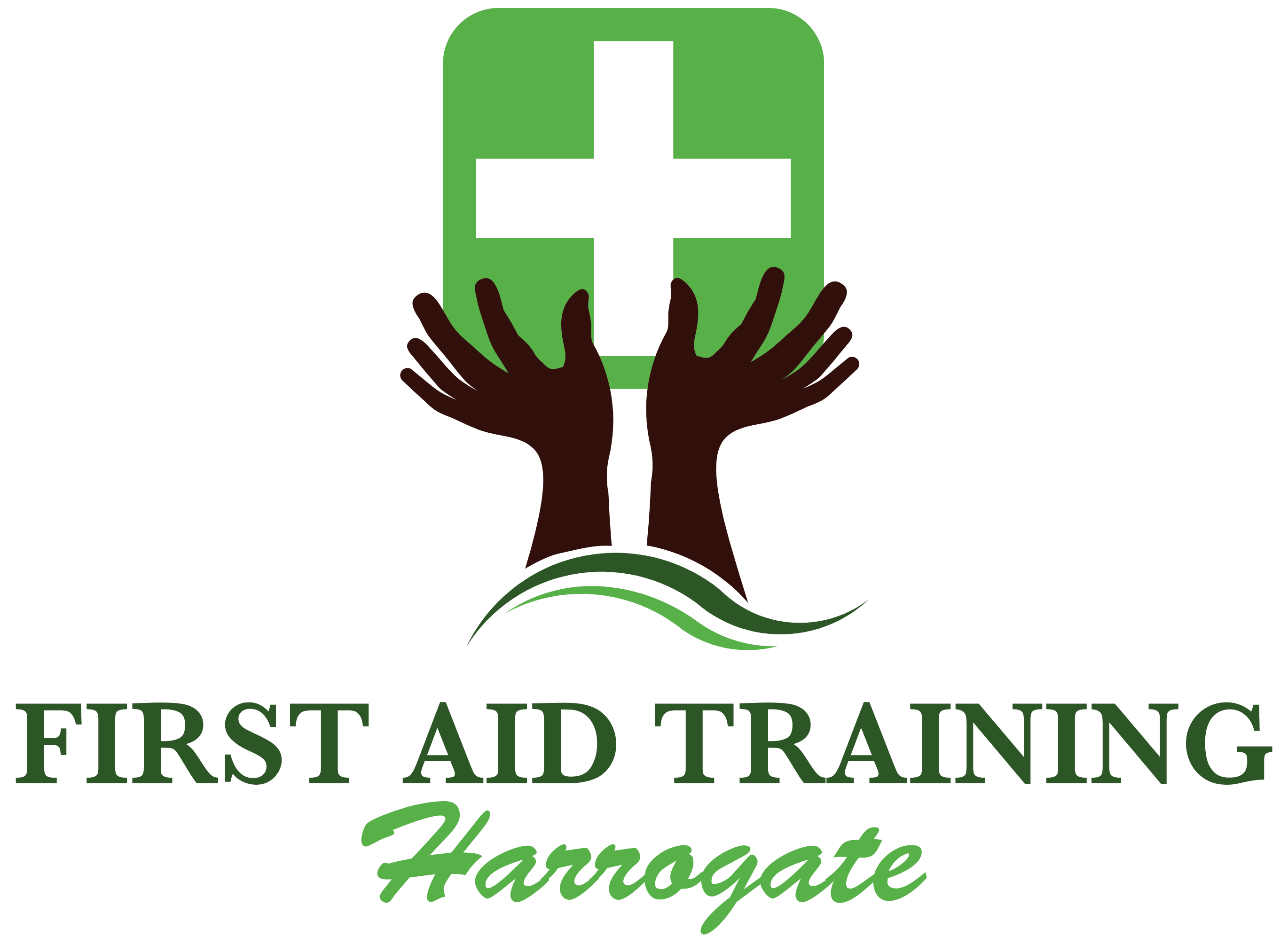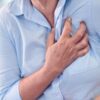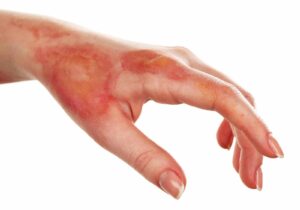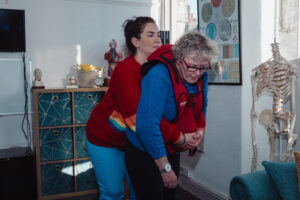Why do allergic reactions occur?
Our immune system creates antibodies to fight off foreign substances so that we don’t get really poorly. Sometimes our body misidentifies a substance as being harmful and tries to reject it from the body – this is known as an allergic reaction. These substances could be from food, medication or things in the air such as dust or pollen.
For some people, allergies can be harmless enough with only mind symptoms. But for others, allergic reactions could be extremely dangerous – leading to anaphylaxis, which is a life-threatening condition. This form of allergic reaction results in shock, a sudden drop in blood pressure, and difficulty breathing. If left untreated, it could lead to respiratory failure and cardiac arrest.
Call 999 immediately if you or someone you know is experiencing anaphylaxis.
What are the symptoms of an allergic reaction?
The symptoms of your body’s allergic reaction will very much depend on what it is that you’re allergic to.
Common symptoms for an environmental allergy include sneezing, runny nose, skin irritation, watery eyes and wheezing. For a food allergy, you may see a rash appear as well as hives on the skin. Sometimes you might also feel nausea or begin to vomit. A medication allergy could cause skin irritation as well as swelling around the face, dizziness and shortness of breath.
|
Symptom |
Environmental allergy |
Food allergy |
Insect sting allergy |
Drug allergy |
|
Sneezing |
X |
X |
||
|
Runny or stuffy nose |
X |
|||
|
Skin irritation (itchy, red, peeling) |
X |
X |
X |
X |
|
Hives |
X |
X |
X |
|
|
Rash |
X |
X |
X |
|
|
Trouble breathing |
X |
|||
|
Nausea or vomiting |
X |
|||
|
Diarrhoea |
X |
|||
|
Short of breath or wheezing |
X |
X |
X |
X |
|
Watery and bloodshot eyes |
X |
|||
|
Swelling around the face or contact area |
X |
X |
||
|
Rapid pulse |
X |
X |
||
|
Dizziness |
X |
|
Most mild allergic reactions will fade over time, however, sometimes it will be necessary to
Anaphylaxis and severe allergic reactions
As mentioned above, the most serious allergic reactions can cause anaphylaxis. This type of reaction will occur only minutes after exposure and needs an immediate response. The most common causes of anaphylaxis include foods such as peanuts, milk, eggs, shellfish, fish, sesame seeds and kiwi fruit. Non-food causes include wasp or bee stings, natural latex (rubber), and certain drugs too.
Signs of anaphylaxis include:
- skin reactions, such as rashes, hives and irritation or pale skin
- Clammy skin or temperature
- Wheezing or shortness of breath
- Light-headedness, dizziness or fainting
- Swelling of the face, mouth or other areas
- Sickness
- Weak and fast pulse
It’s vital to get emergency help if you or someone you know is experiencing anaphylaxis. Even if the symptoms start to improve, a second phase of symptoms can sometimes appear.
What to do when someone is experiencing anaphylaxis:
- Call 999 immediately.
- If you or the other person has an epinephrine (adrenaline) auto-injector (EpiPen) ensure these are administered straight away.
- Try to keep the person calm.
- Lie the person on their back and raise their feet about 12 inches
- Cover them with a blanket.
- If they are vomiting, turn them on their side in the recovery position
- Make sure their clothing is loose so that they can breathe.
Avoid giving oral medications, anything to drink, or lifting their head, especially if they’re having trouble breathing.
If the person you’re with isn’t breathing, coughing, or moving, you may need to perform emergency CPR. This can be done even without formal CPR training. CPR involves doing chest presses, about 100 per minute until help arrives.
When you call for an ambulance, telephone systems now exist that can give basic life-saving instructions, including advice about CPR.
If you’re interested in learning CPR, contact First Aid Harrogate to find out about the training sessions available.








